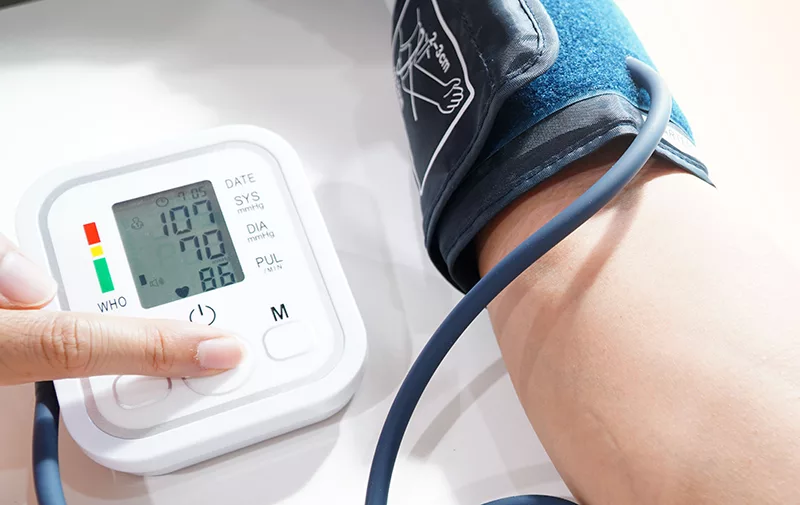
To gather health information, Remote Patient Monitoring (RPM) employs digital tools such as blood pressure cuffs, glucose monitors, pulse oximeters, scales, or wireless tech. Your healthcare provider receives this information securely, monitors it, and provides recommendations as necessary.
Why Might You Need RPM?
- If you live with conditions like hypertension, diabetes, or heart failure, RPM can help keep them under control. Frequent data monitoring gives your doctor an ongoing perspective of your health, which helps deliver a quick response when needed.
- RPM can make sure your recovery is following expectations after surgery or a hospital stay. It tracks vital signs or other health indicators to help your doctor identify problems before they become more severe, therefore lowering the risk of readmission.
- RPM may assist in identifying early warning signals of health problems even if you don’t have a chronic ailment. By being proactive, you keep ahead of any potential issues.
- RPM provides a practical alternative if mobility issues, geography, or a hectic schedule make regular medical visits difficult. It allows you to monitor your condition without leaving your home.
- RPM helps you to participate more actively in your treatment. Real-time data helps you to better grasp how medications or lifestyle changes impact your health.
Who Benefits Most?
The main opportunities are patients with chronic diseases, senior citizens, and those healing from acute medical occurrences. Still, anybody seeking a more customized and accessible healthcare experience might find it beneficial.
A Proactive approach
Offering greater access to treatment, enhanced results, and peace of mind, remote patient monitoring closes the distance between you and your doctor. RPM might be a great choice for you if you have a chronic illness or want to tackle your health more aggressively.


